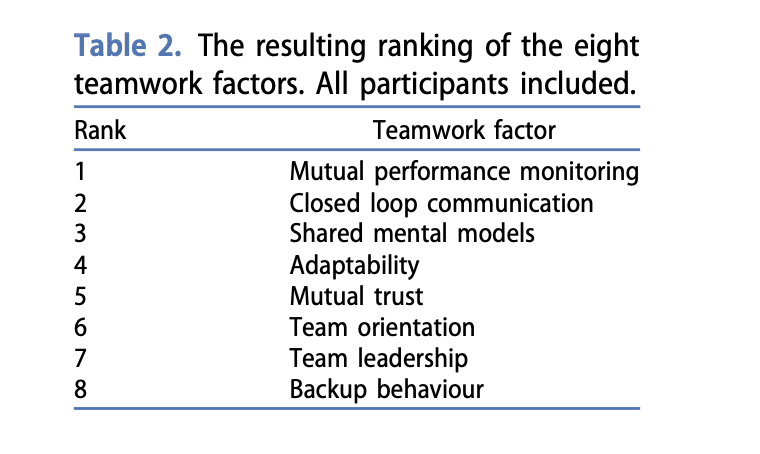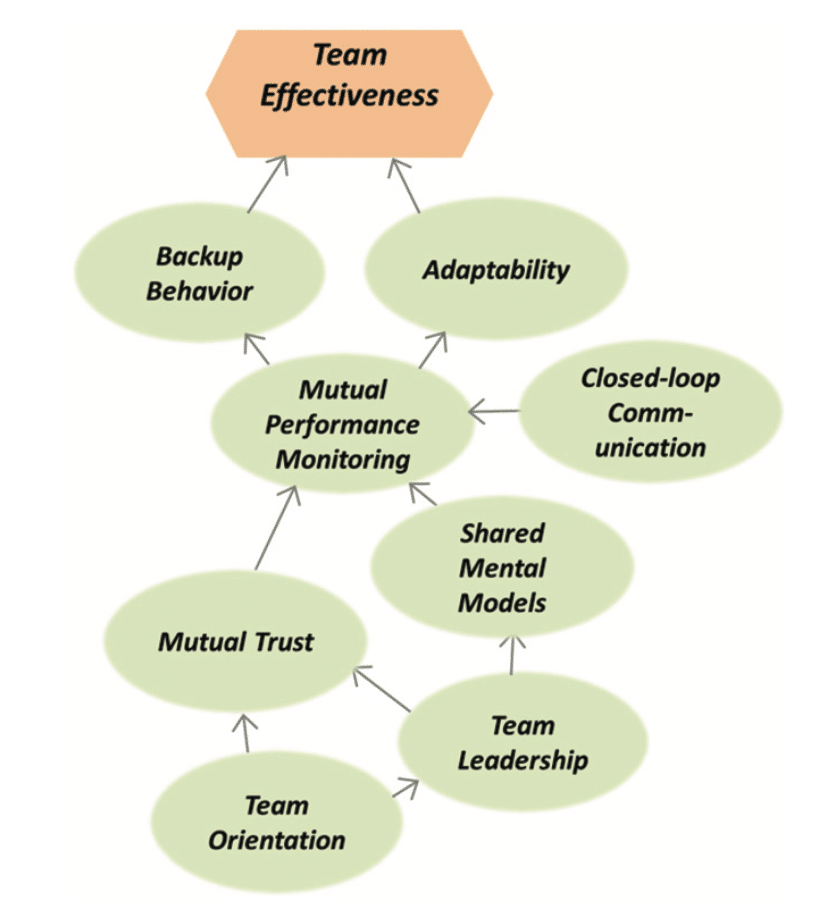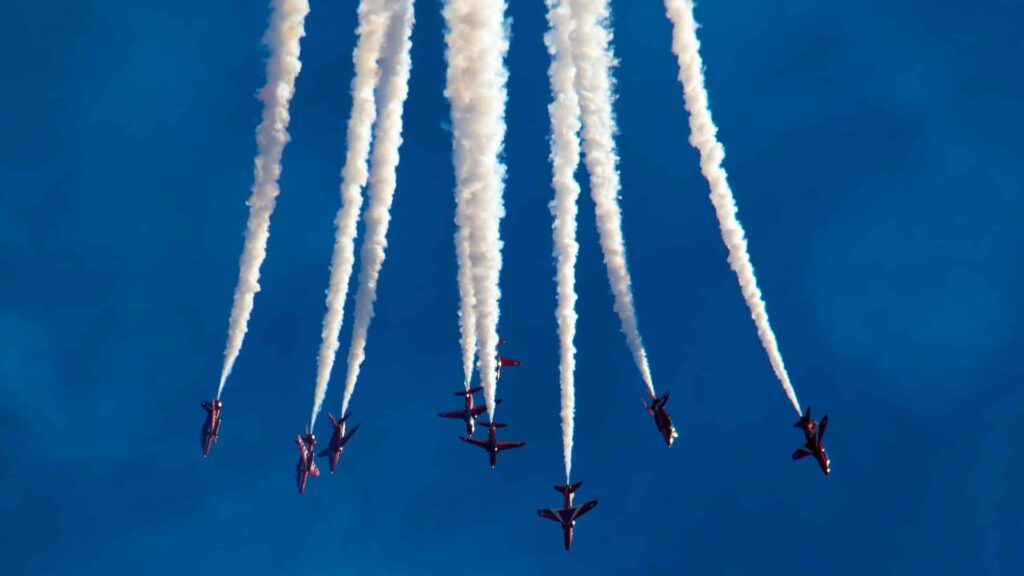Lessons in Fighter Pilot Teamwork for Teams Everywhere
All jobs require teamwork to some degree. But in the unforgiving world of the most elite Fighter Pilots, teamwork is the difference between a successful mission and failure, life and death. When you’re flying a complex mission there is no room for error. That is why we are trained to execute at a 98% success rate. Fighter pilot teamwork in this environment has so many insights for teams everywhere to learn from!
Fighter Pilot Case Study – An Overview
There was a case study conducted by Ohlander, Alfredson, Riveiro & Falkman, into the factors that create teamwork, specifically studied within a group of Swedish fighter pilots. The environments that fighter pilots operate within are dynamic, uncertain, and stressful, with stakes so high most can’t comprehend! Throw in flying at 1200mph, in a team of multiple jets, trying to execute a complex plan to succeed in a challenging mission. Success and survival really hinge on teamwork.
In the study, 8 key factors of teamwork were identified, and the participants were asked to rank their importance for all stages of a mission. Each of the factors is so valuable, it was almost impossible for the pilots to rank them. However, their rankings were:

Fighter pilots work in two phases: active phases and transitional phases. Active phases are when teams are engaged in the acts that directly contribute to goal completion (i.e., the mission). Transition phases are when the teams are evaluating the action phases – debriefing – and planning for the next action phases – briefing.
An In-Depth Look into Each Teamwork Factor
These teamwork factors hold significant weight, let’s look into why.
Mutual performance monitoring is the common understanding of the team environment and monitoring team-mate performance. But this doesn’t mean calling each other out on mistakes mid-mission!
Closed-loop communication is the exchange of information from one person to another, through multiple mediums. There’s a balance here though, we are taught to communicate the necessities and keep chat to a minimum to make sure the essential information gets across!
Shared mental models are what emerge from the tactics and standard procedures. It is essential that the whole team is on the same page, with a shared understanding of the mission and each person’s role in the mission. It also creates a sense of predictability: “if we all have the same mental models, I can count on that most people will make the same decision.”
Adaptability is the ability to change plans and adapt to new situations. When you’re in some of the environments that Fighter pilots enter, uncertainty is very real, and the unexpected happens. We have to plan for ALL factors, and adaptability is essential.
Mutual trust is the absolute trust in your team to do exactly what they’re meant to do to complete their role. Mutual trust holds a team together, and in our environment, lives hang in the balance of each other’s actions…mutual trust is an absolute must!
Team orientation is an attitude, whereas the others are behaviours. It is the assumption by teammates and the organisation, that anyone who has passed their training, can be trusted to carry out their role effectively.
Team leadership plays a key role in the understanding of the task and affects the outcome of the mission. The main part of team leadership is done before the pilots hop into the jets. There is a space in the planning for people to give their input, however, once the team leader has decided upon the mission, all other team members must respect the decisions.
Backup behaviour is what we have planned in case someone is out of weapons, or fuel, or has to leave the mission unexpectedly. However, at times it is difficult to distinguish the difference between backup behaviour and adaptability.
The Fighter Pilot Teamwork Cycle

I’ve talked about the fighter pilot cycle before, but for a refresh, it looks like Planning -> Briefing -> Executing -> Debriefing. Each stage relies upon different factors more heavily, while all still must remain present. During the transitional phases of planning, briefing and debriefing, the fighter pilots identified that team leadership and mutual trust are the most important. During the action phase of carrying out the mission, mutual performance monitoring and closed-loop communication are the most important. It must be noted that ALL of these factors are critical to effective teamwork, and the mission's success hinges on ALL of these factors!
Each of the teamwork factors relies heavily on one another to produce each other. For example, team orientation creates mutual trust and team leadership. Each one then goes on to produce and inform another factor. This is why they are all so important and can’t exist in isolation!
What Can You Take Back into Your Teams?
Teamwork exists in every business. Everyone relies upon other people in their team to complete tasks and kick goals. So, effective teamwork is essential! Each of the 8 teamwork factors will still apply to your business, no matter what industry you’re in. While your work environment may not be as extreme, fast-paced, or high-stakes as the world of military aviation, teamwork is still essential. What are you taking back into your business from this study on teamwork in the fighter pilot world?
References –
Ohlander, U., Alfredson, J., Riveiro, M., & Falkman, G. (2019). Fighter Pilot’s Teamwork: A Descriptive Study. Ergonomics, 62(7). https://www.tandfonline.com/doi/full/10.1080/00140139.2019.1596319


